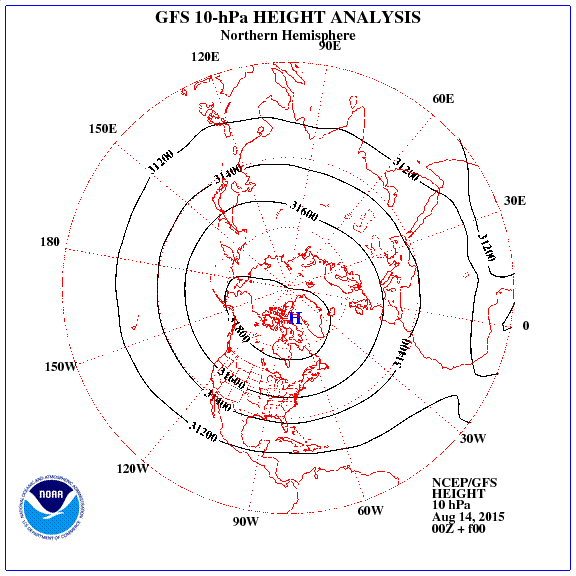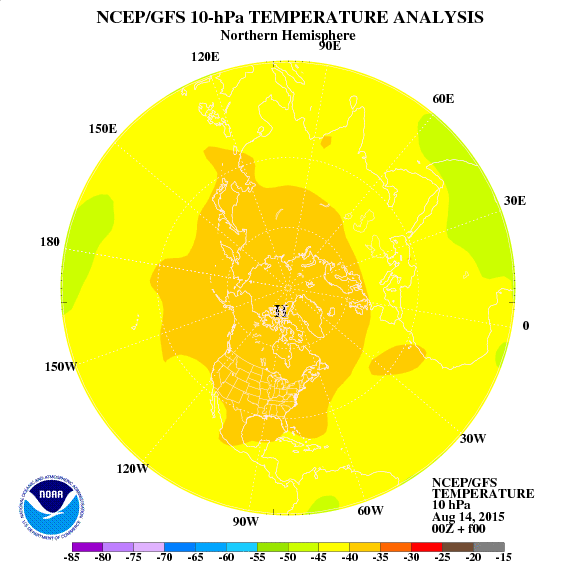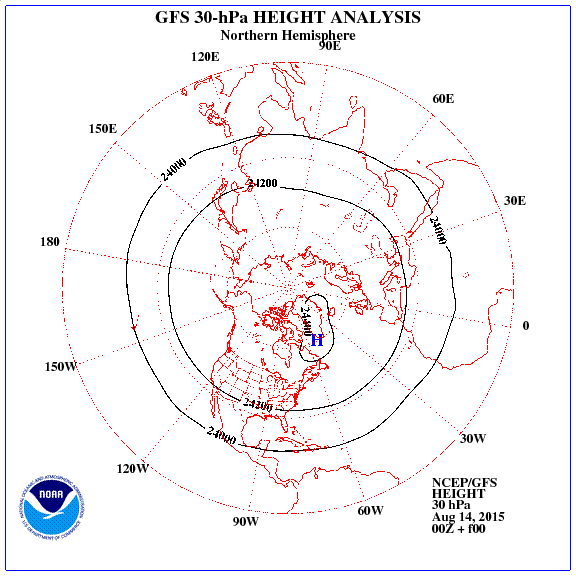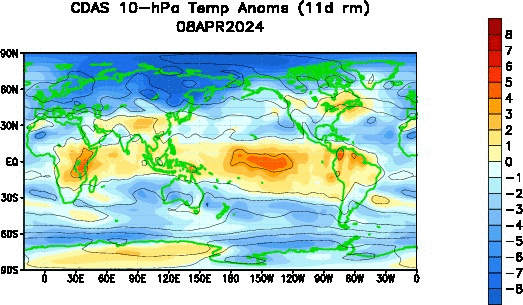Skyfarmr
Jedi Master
Interesting article considering the movie "The Day After Tomorrow" and all the references to it in the forum.
(I included this article in the "What's the Weather in Your Area" thread, also; sorry for the redundancy.)
"warmer air builds up over areas such as Greenland or Alaska..."?
Could the warmer air be an effect from warmer ocean currents due to undersea vents/submarine volcanoes heating the"lungs of the world"? Could explain while coastal dwellers and oceanographers are screaming global warming while the landlubbers are replying: hogwash!
Regardless, the extremes being recorded on both ends scream WAKE UP!!!
(I included this article in the "What's the Weather in Your Area" thread, also; sorry for the redundancy.)
By Erik Ortiz, Staff Writer, NBC News
Move over, haboob. See you next summer, heat dome. The weather phenomenon hogging all the attention now is "polar vortex."
Twenty-six states are under wind-chill warnings or watches, and the polar vortex is to blame, breaking loose from its North Pole confines and plunging the country in a deep, dangerous freeze.
"Think of this as a polar hurricane," said NBC News' Al Roker.
It isn't expected to linger for long but will leave a mark. Here's what you need to know:
So what exactly is a polar vortex?
A polar vortex is basically a great swirling pool of extremely cold air located tens of thousands of feet in the atmosphere, said Frank Giannasca, senior meteorologist with The Weather Channel.
Advertise | AdChoices
Basically an arctic cyclone, it ordinarily spins counterclockwise around the north and south poles.
While it tends to dip over northeastern Canada, it’s catching everyone’s attention because it has moved southward over such a large population — as many as 140 million Americans are feeling the freeze.
Why has it traveled so far south?
There’s a variety of reasons why a chunk of cold air over Canada would break off our way.
Chiefly, warmer air builds up over areas such as Greenland or Alaska, and that air forces the colder, denser air southward.
Also, weather patterns can create the right conditions for the polar vortex to point south.
But in this case, “this very well just may be one of those anomalies where it forces itself southward,” Giannasca said.
Is this a rare phenomenon?
Yes, and no.
Through the course of a winter, the arctic air can get displaced southward, typically into the eastern U.S. But it is uncommon for such cold air to cover such a large part of the country, happening maybe once a decade or longer.
Amplifying this polar vortex are the extreme cold and brutal winds — sending places such as Fargo, N.D., at 32 below zero and Madison, Wis., at minus 21. Add the wind chill, and it will feel like minus 50s and 60s in some parts.
Could there be a polar vortex again this winter?
Forecasts show temperatures around the country as a whole will begin moderating by the end of the week — that means the 20s and 30s in the Plains and Midwest, while parts of the mid-Atlantic and Northeast could be in the 40s.
But, like any unpredictable weather phenomenon, whether or not this can happen again, “is hard to say,” Giannasca said.
"warmer air builds up over areas such as Greenland or Alaska..."?
Could the warmer air be an effect from warmer ocean currents due to undersea vents/submarine volcanoes heating the"lungs of the world"? Could explain while coastal dwellers and oceanographers are screaming global warming while the landlubbers are replying: hogwash!
Regardless, the extremes being recorded on both ends scream WAKE UP!!!








